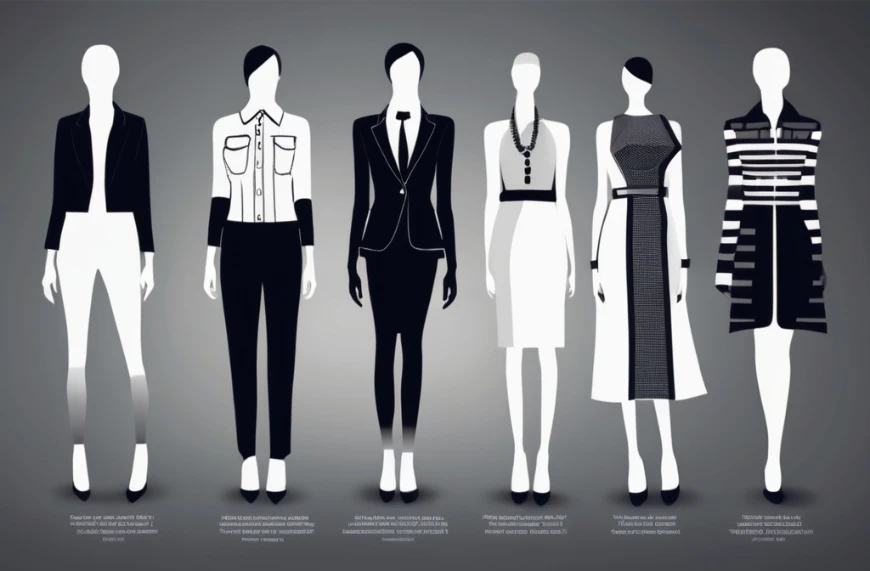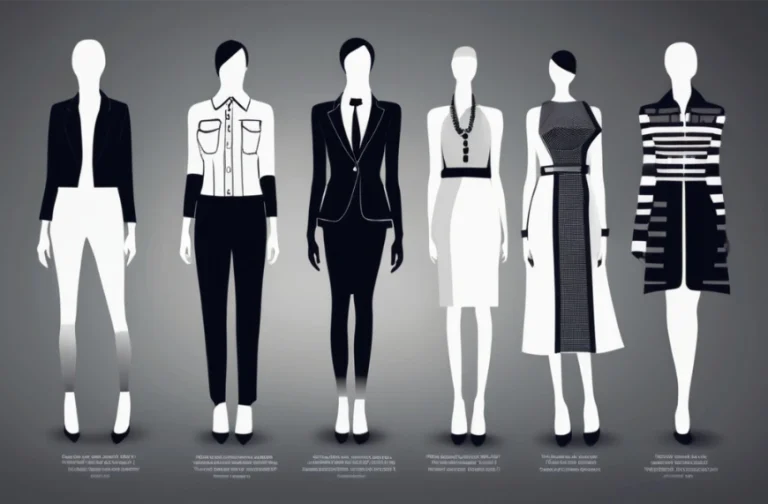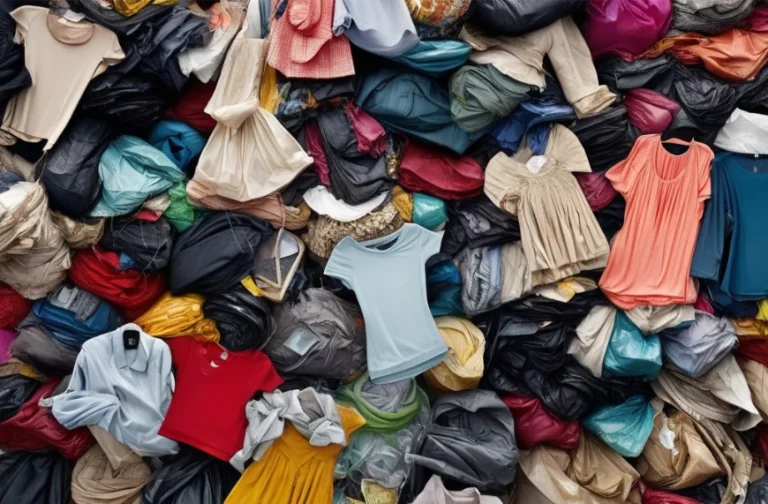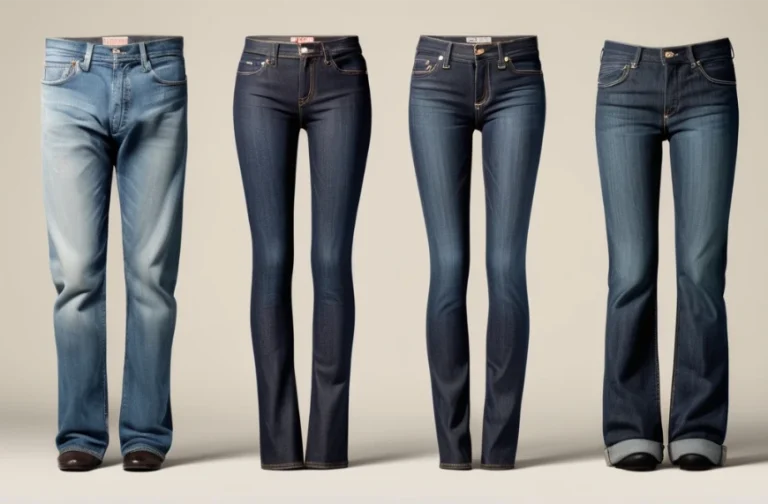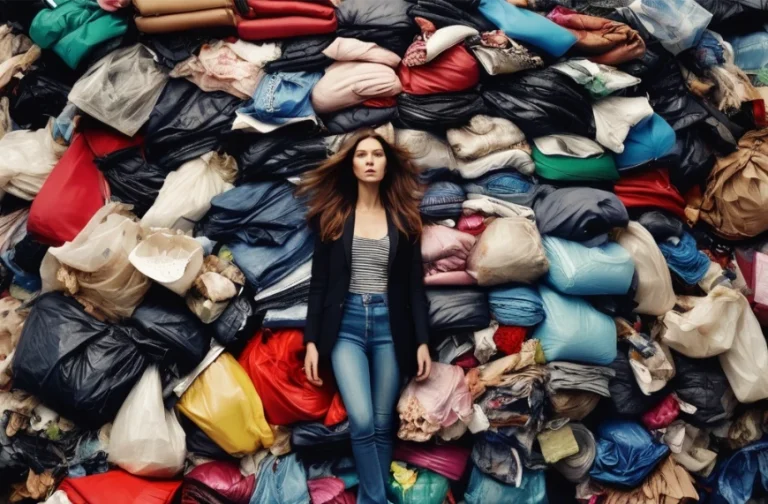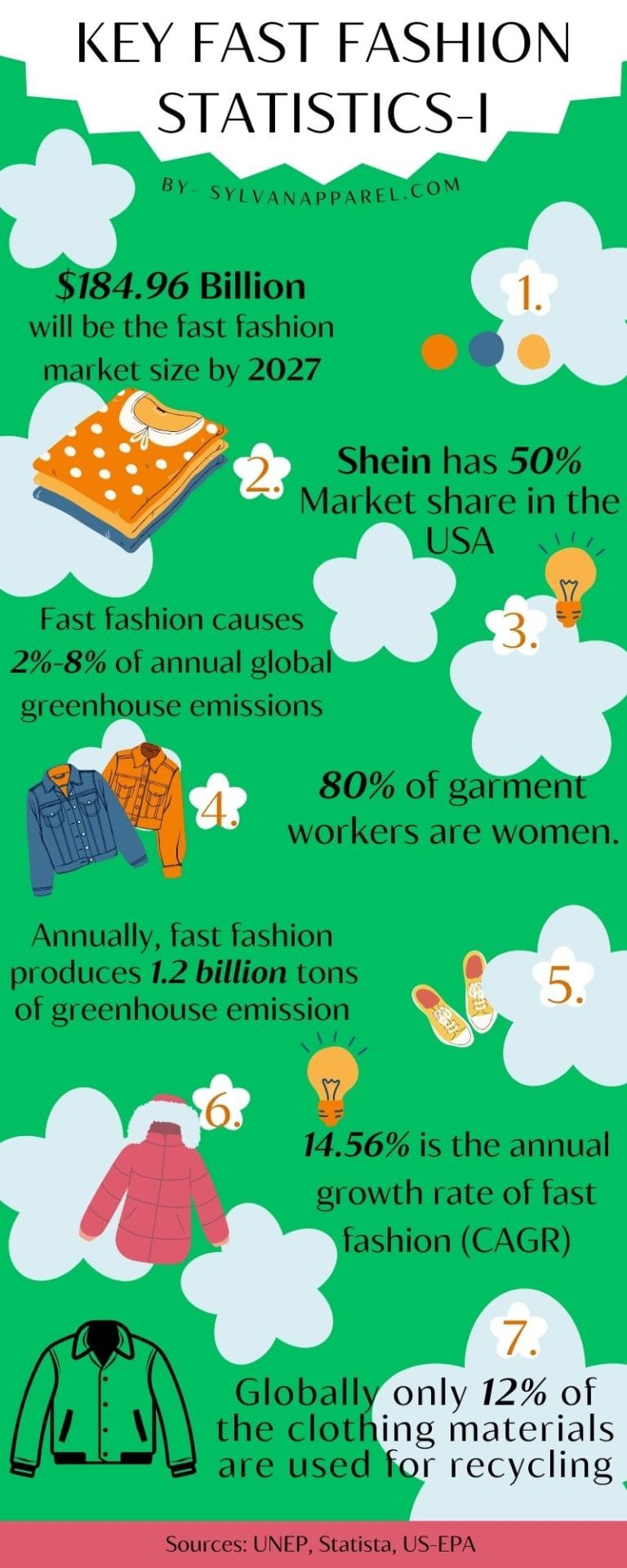What Percentage of Garment Workers are Female?
The global garment industries are heavily manual labor dependent. With its significant number of workers, it is also one of the most influential sectors that provide employment to millions of people around the world.
But what genders of people are in this industry most?
From design, production to distribution this industry employs 80% female workers. This industry is a complex multi-billion dollar industry.
It serves as the backbone of many developing countries’ overall economies for its labor intensive nature.
A significant portion of the workforce in this industry are female.
We will try to understand the percentage of garment workers who are contributing to the gender disparity and the impact in their lives.
We will analyse the reason behind the implications of labour, sustainability and ethical practices in the fashion industry.
A Global Snapshot of Garments Workers
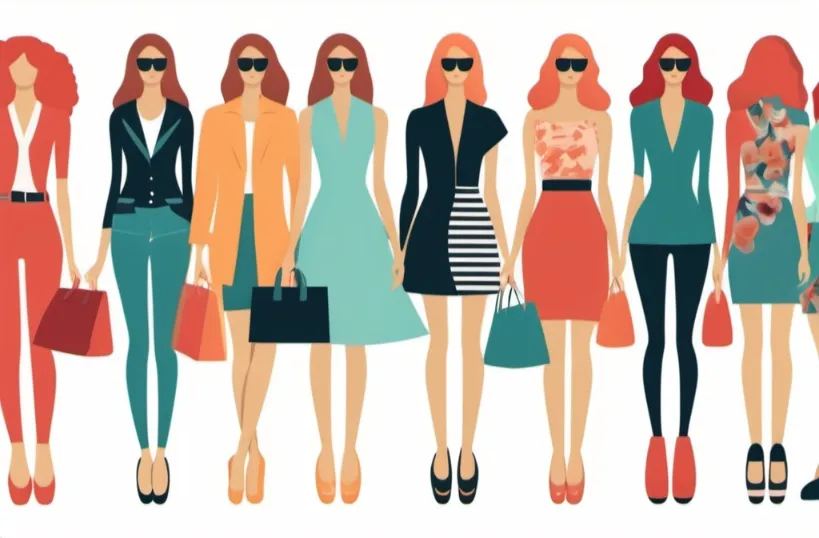
According to the international labour organization (ILO), the garment industry employs over 60 million workers directly in the world.
Most people are majorly employed in countries like Bangladesh, Vietnam, China, Cambodia and India typically in that industry.
This labor intensive manufacturing process is outsourced for the wealthier nation.
Researchers and statistics suggest that 80% of the garment workers are women. But this number is different in different areas of industry like in Bangladesh and Cambodia respectively 85% and 90% of the garment workers are women. So the question is-
Why are So Many Garment Workers Female?
There are several factors that contribute to the high number of women involved in the garment sector. Some of the factors are shaped by the culture.
Some of the factors are shaped by the social and economical elements. This is also influenced by the demand of the labour supply of the garment workers in some areas.
Social and Cultural Factors
This is the primary reason, so many garment workers in the industry are female. In developing countries gender-based bias encourages women to work in labour intensive but lower wage work.
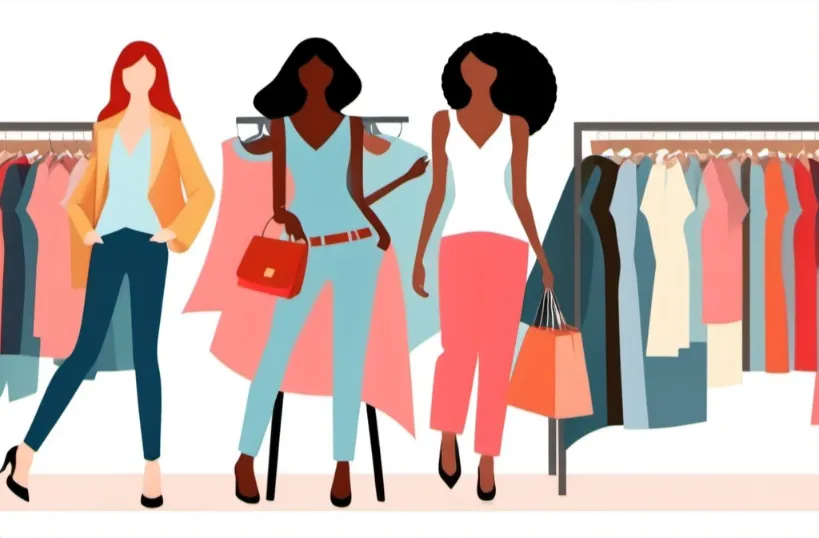
In developing countries, garment workers seek appropriate candidates for their repetitive task. Factories see women as more patient, adaptive and dexterous for repetitive tasks. That’s why they hire more women.
In addition to that some of the countries push women to the garment manufacturing sector as traditionally the garment manufacturing sector has a low entry barriers. It requires a little bit of education or no education at all.
Lower Labor Cost
Employees seek low cost labor for their vast garments network and industry sector. They see women as more compliant workers because they agree on low wages.
Especially in developing countries where women working in an industry is seen as neglectful.
As a result the women see the wages as a bonus and they are happy to take this. It also lowers the manufacturing cost which is one of the best reasons this industry is female dominated.
Men typically in developing countries are seen as the cost bearers of every person in their family. With the lower wage the male generally do not work in this industry.
Flexibility and Informal Work
Garment factories need flexible, adaptive and informal factory workers. Like those who are good at managing household responsibility.
This is appealing to the women who are more useful and more familiar with managing household responsibilities.
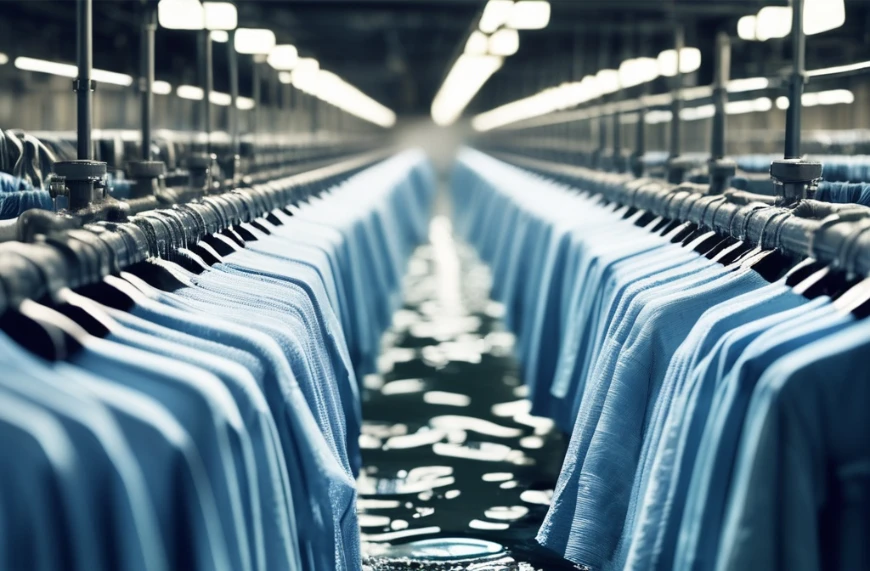
In the developing countries’ garment industry operates as an informal sector that requires a little bit of education or no education.
Comparatively it can make a woman eligible to earn a lot then other sectors. This is an easy entry point for women who do not have other economic independence.
Demand of Low Cost Labor In The Industry
In this industry it’s emphasized to make the products as cheap as possible. This mass production of clothing needs mass labour cost.
It encourages the manufacturers to operate in a low labour cost area since the women are readily available as an inexpensive labour.
Developing world countries like Bangladesh, India, Vietnam and China have a higher number of garment female workers.
The Impact of Gender Imbalance in The Garments Industry
As a predominant industry for women it is also interesting that this industry is heavily driving gender imbalance. It has an impact on this industry.
Gender Based Discrimination
Despite being the primary workforce in this industry, the female population of this sector often becomes the subject of gender-based discrimination.
The unusual payment, lack of advancement opportunity and exclusion from the decision making process are a common scenario.
Most of the women are known as the lower labour workers. There is constant harassment in the work environment. They are also subject to violence in the workplace.
It’s also seen that the female workers have limited access to legal protection. They are forced to work over time.
The manufacturers always threaten them to fire if they do not listen to this unethical demand.
Low Cost Exploitation
Low cost exploitation means the workers, especially the women, are working long hours with lower pay and minimum benefits. These factors directly influence the livelihood for the women.
They fail to frequently cover their basic needs. Some of the working conditions are hazardous for health. They are exposed to chemicals, poor ventilation and safety risks.
Also the fire safety is not up to the mark. You can see several cases where fire killed hundreds of garment workers in Bangladesh.
Limited Access to Social Services
Female garment workers in the garments industry are employed as an informal sector where they do not have access to education.
For that reason they do not have access to proper health care or medication facilities.
They also do not have the social protections. To make it vulnerable, they have to face personal hardships because of the labour law.
It is seen that garment workers have to work during illness, pregnancy and other major life events.
Impact Of Family Dynamics
Significant garment workers in the industry are dependent. This means it can also affect family dynamics.
Long working hours can loosen the family relationship. Also the low wages make women more expected to balance their work.
Long hours means they have a tight schedule. They have to do the traditional household responsibilities.
Efforts Towards Gender Equality
We can see a significant improvement in the gender equality campaigns. These initiatives are aimed at the garment industries to improve their working conditions for female workers.
Some of the organizations and consortiums are looking to raise awareness about gender equality and worker rights.
They are looking for better working conditions and better payment for their hard work.
Some non-governmental organizations (NGO) advocate for equality. Commonly there are severe cases of gender inequality and the workers’ right violation.
Most of the companies are put under pressure from the consumers to practice ethically and improve the garment workers lives.
Many retailers are looking for transparent treatment and fair wages for workers.
The Part Forward For Female Garments Workers
The garment industry heavily relies on female labor. This sector has both the opportunities and challenges for the female workers.
With millions of working women in this industry, it needs to address some of the issues like the gender inequality issues and exploitation issues.
There are some ways needed to improve the situation.
- The government and the international organizations need to strengthen the practice of labor. They should also work together to enforce labor laws and ensure fair wages. They need to make sure of the working conditions. Health safety is a primary factor they need to look for in the workplaces.
- They need to empower the workers to provide them with proper education and offer the skills that they need to enhance their life and career in a better way. They also need to break the poverty cycle and break free from modern day slavery.
- The consumers, manufacturing companies along with the NGOs can push to promote transparency in the supply chain, encouraging better accountability and working conditions. They also need to force the manufacturers to adapt advanced practices to industry.
- We need encouragement to ethically produce the goods. The fashion industry has an opportunity to pay an equal treatment with dignity. The female workers need to be paid fairly and this can grow the consumers’ demand.
Some Last Words
The garment’s industry is heavily empowered by women workers worldwide. It suggests that 80% of the garment’s workers are female worldwide.
But this proportional representation does not mean that they are doing better. Different reports say that they often become the victim of gender based discrimination, safe working conditions and low wages.
This can differ from region to region. This can be improved with proper law implications, enhancement of transparency and bringing more fair practices in the garment sector.
These fair views to female garment workers need to be ensured for their protection in every case including health, wealth and legal safety. This can create a more equitable feature for all workers in the industry.

